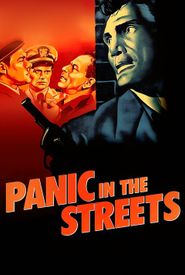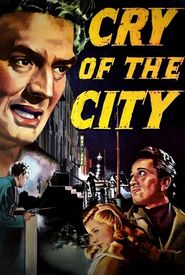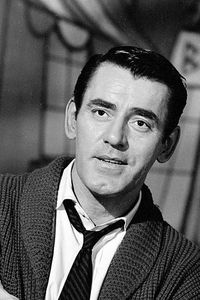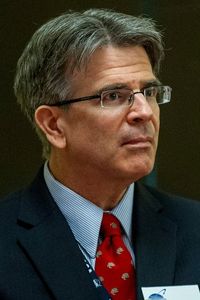Tommy Cook, a curly-haired, dark-complexioned child actor, rose to fame during his early career in serial adventures. He made his feature film debut in the role of Little Beaver, a young Indian boy, alongside western hero Don 'Red' Barry in the 1940 film Adventures of Red Ryder. Cook's subsequent portrayal of Kimbu, a young jungle boy, in Jungle Girl (1941) alongside heroine Nyoka, played by Frances Gifford, further solidified his status as a rising star.
Born on July 5, 1930, in Duluth, Minnesota, Cook's early life was marked by his father's illness with Bright's disease, a kidney ailment. The family, including his sister and grandmother, was forced to relocate to California in search of a warmer climate. It was in California that his mother encouraged his interest in the performing arts, and Cook went on to attend the prestigious Pasadena Playhouse, where he spent seven years honing his craft.
Cook's natural talent soon led to radio jobs, and he appeared in a few short films for MGM and RKO before auditioning for and winning the role of Little Beaver in the 12-chapter Republic serial. He also played the role on radio, and on screen, he had to learn to ride a horse bareback, a skill that star Don Barry also had to master.
Despite his prominent roles in films such as Good Luck, Mr. Yates (1943),Hi, Buddy (1943),Tarzan and the Leopard Woman (1946),American Guerrilla in the Philippines (1950),and Teen-Age Crime Wave (1955),Cook's career did not continue to flourish as he entered adulthood. He continued to appear in films, often in exotic roles with names such as Paco, Salim, and Keoga, but his transition to adult actor was rocky, and his career eventually dissipated.
Cook's post-acting career was marked by his success as a respected organizer of celebrity gala and charity events, as well as his creation of stories that led to the feature films Rollercoaster (1977) and Players (1979). He also had two children and remained active in the entertainment industry until his later years.

































































